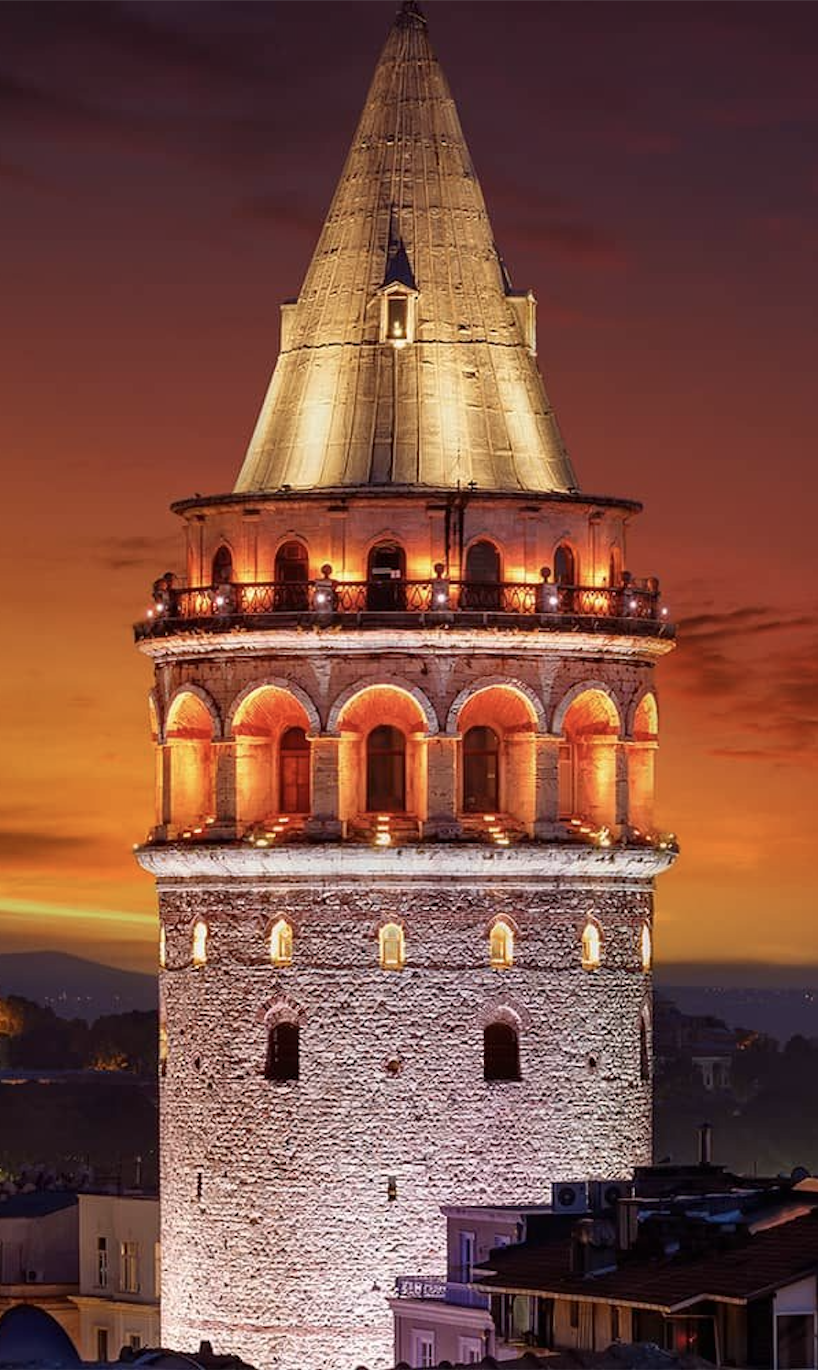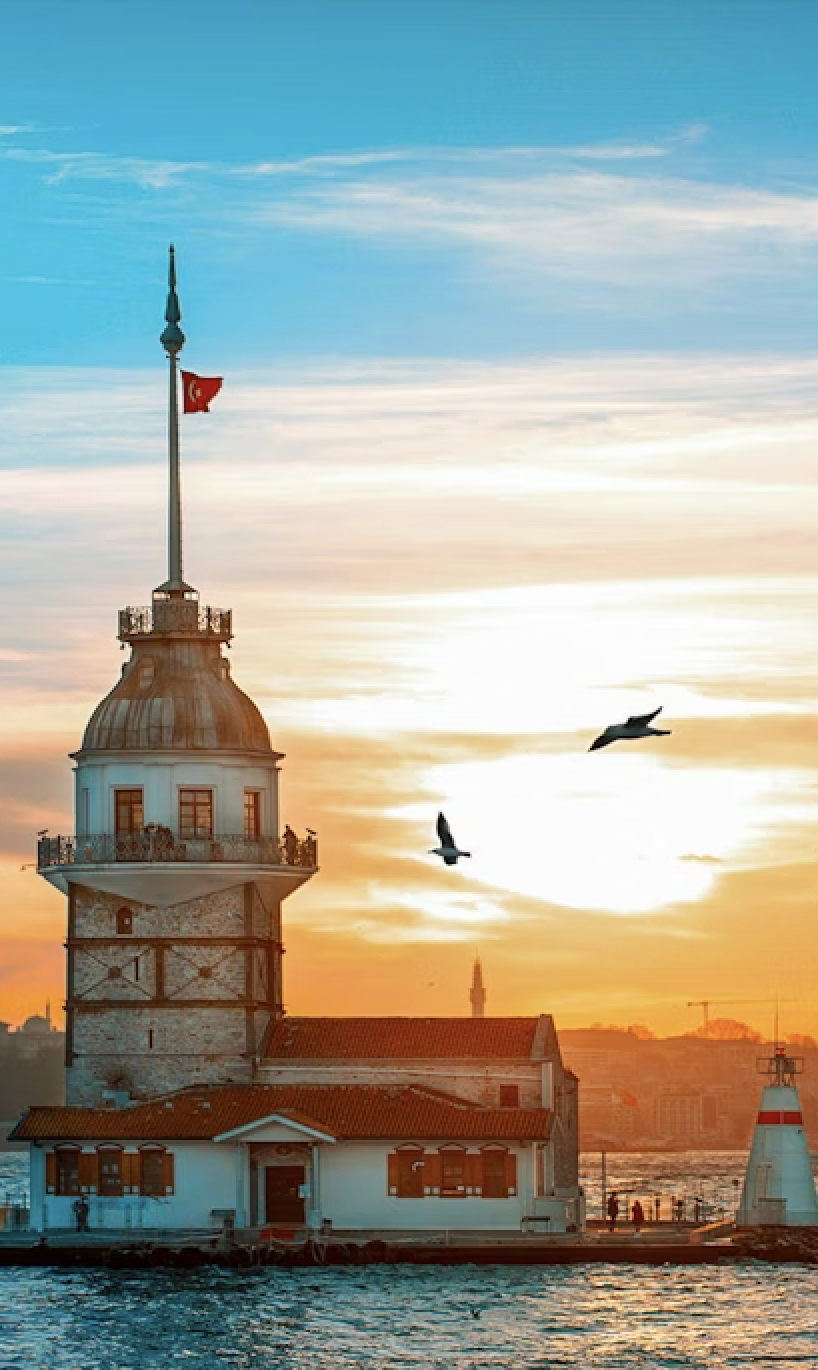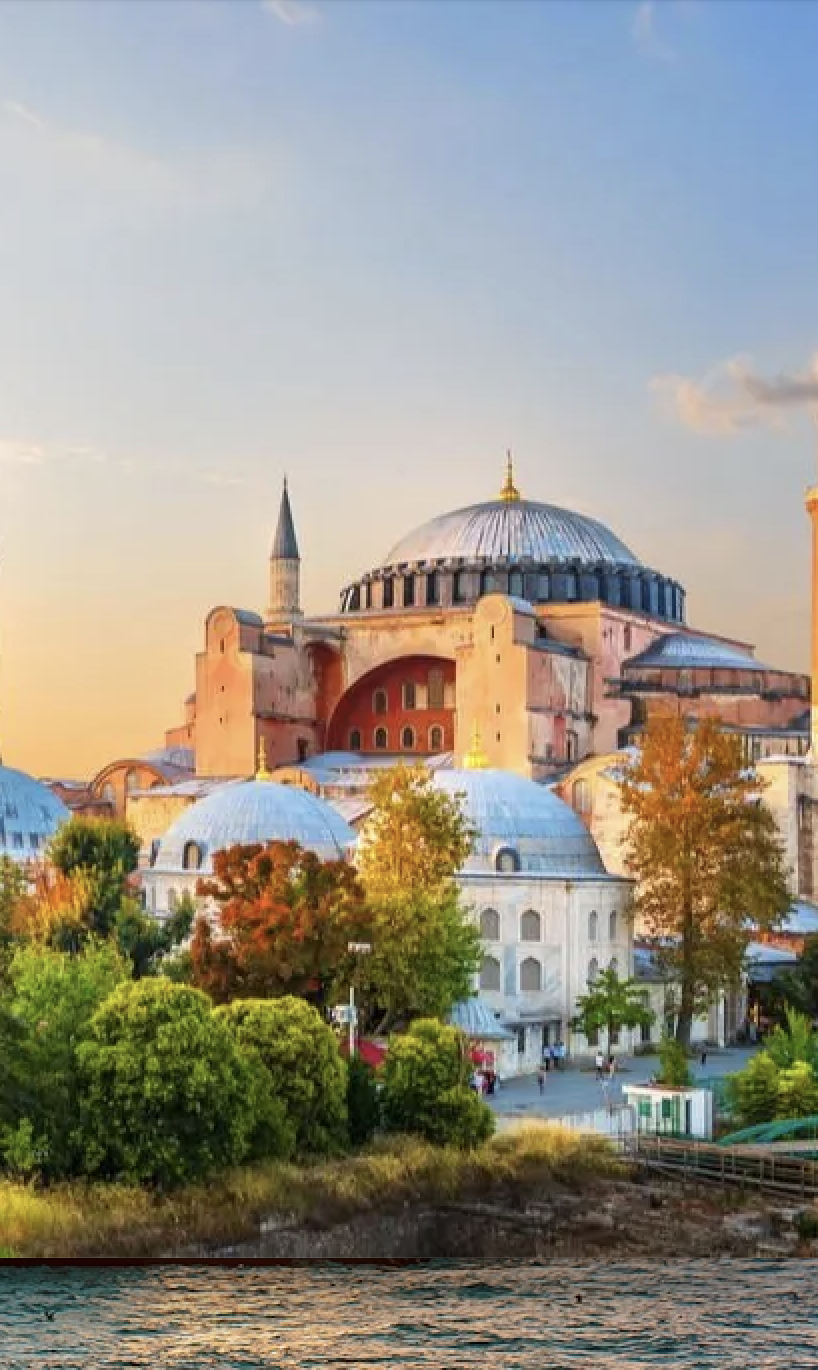Istanbul..
Istanbul: A Timeless Journey Through Ancient Civilizations, Historical Artifacts, and Rich Culture
Istanbul, the vibrant metropolis that straddles two continents, Europe and Asia, is a city where the past and present coexist in perfect harmony. As one of the world’s most historically significant cities, Istanbul has been the capital of three great empires—Roman, Byzantine, and Ottoman—each leaving behind a legacy of architectural marvels, cultural treasures, and fascinating stories. For tourists, Istanbul is not just a destination; it’s a journey through time, offering a glimpse into the lives of ancient civilizations and their enduring influence on modern culture.
A Crossroads of Civilizations
Istanbul’s strategic location on the Bosphorus Strait has made it a coveted prize for empires throughout history. Founded as Byzantium in the 7th century BCE by Greek settlers, the city later became Constantinople, the capital of the Roman Empire under Emperor Constantine the Great in 330 CE. It flourished as the heart of the Byzantine Empire, a beacon of Christianity, art, and architecture. In 1453, the Ottomans, led by Sultan Mehmed II, conquered the city, transforming it into the capital of their Islamic empire and renaming it Istanbul.
This rich tapestry of civilizations has left Istanbul with an unparalleled wealth of historical artifacts and landmarks. Walking through its streets is like flipping through the pages of a history book, where every corner tells a story.
Historical Artifacts and Landmarks
- Hagia Sophia (Ayasofya)
A masterpiece of Byzantine architecture, Hagia Sophia was built in 537 CE as a Christian cathedral under Emperor Justinian I. Its massive dome, intricate mosaics, and towering minarets (added during the Ottoman era) make it a symbol of Istanbul’s layered history. Once a church, then a mosque, and now a museum, Hagia Sophia stands as a testament to the city’s religious and cultural evolution. - Topkapi Palace
The opulent residence of Ottoman sultans for nearly 400 years, Topkapi Palace offers a glimpse into the lavish lifestyle of the empire’s rulers. Its sprawling courtyards, ornate chambers, and priceless collections, including the Prophet Muhammad’s cloak and sword, make it a must-visit for history enthusiasts. - The Blue Mosque (Sultan Ahmed Mosque)
Built in the early 17th century, the Blue Mosque is renowned for its stunning blue Iznik tiles and six minarets. It remains an active place of worship and a shining example of Ottoman architecture. - Basilica Cistern
This ancient underground water reservoir, built during the Byzantine era, is an engineering marvel. Its dimly lit atmosphere, supported by 336 marble columns, creates an almost mystical experience for visitors. - Grand Bazaar and Spice Bazaar
These bustling markets are not just shopping destinations but also cultural landmarks. The Grand Bazaar, one of the world’s oldest covered markets, offers everything from handmade carpets to intricate jewelry. The Spice Bazaar, with its vibrant array of spices, teas, and sweets, is a feast for the senses.
A Melting Pot of Cultures
Istanbul’s cultural heritage is as diverse as its history. The city’s cuisine, music, and traditions reflect the influence of the many civilizations that have called it home. Turkish cuisine, with its rich flavors and diverse dishes, is a highlight for any visitor. Don’t miss out on trying kebabs, mezes, baklava, and the iconic Turkish tea and coffee.
The city’s arts scene is equally vibrant, with traditional Turkish music, dance, and calligraphy coexisting alongside modern galleries and performances. The Whirling Dervishes, a Sufi ritual of spiritual dance, offers a unique cultural experience that transports viewers to another time.
Tips for Tourists
- Best Time to Visit: Spring (April to June) and autumn (September to November) offer pleasant weather and fewer crowds.
- Transportation: Istanbul’s public transportation system, including trams, ferries, and the metro, is efficient and affordable. A ride on the Bosphorus ferry is a must for stunning views of the city.
- Local Etiquette: Dress modestly when visiting religious sites, and always remove your shoes before entering a mosque. Learning a few Turkish phrases, such as “Merhaba” (Hello) and “Teşekkür ederim” (Thank you), will endear you to the locals.
Conclusion
Istanbul is a city that captivates the soul. Its ancient civilizations, historical artifacts, and vibrant culture make it a destination like no other. Whether you’re marveling at the grandeur of Hagia Sophia, bargaining in the Grand Bazaar, or savoring a cup of Turkish tea by the Bosphorus, Istanbul promises an unforgettable experience. As you explore its streets, you’ll find yourself not just visiting a city, but stepping into a living museum where history and culture come alive.
Itinerary in detail
Every Laka trip is tailored to your personal preferences and interests.
Below you’ll find a sample itinerary to inspire your own custom-designed journey.
Need more inspiration?

istanbul Walks
01

İstanbul Offer
02

İstanbul The Old City
03

